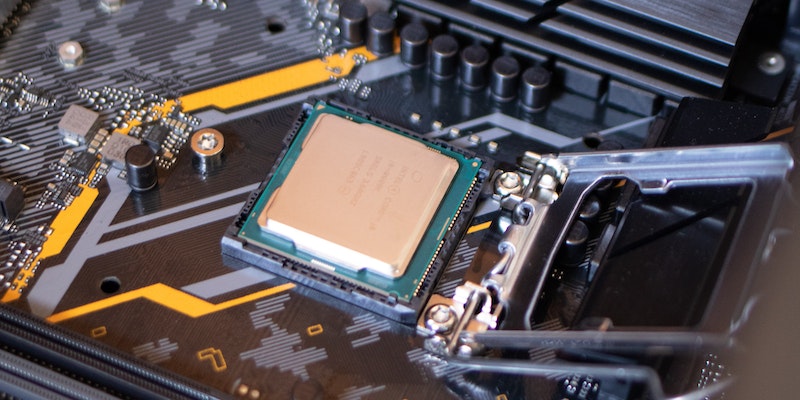In computer architecture, the instruction set plays a significant role in determining the performance of the CPU. The Advanced Vector Extensions – 512 (AVX-512) instruction set has been a hot topic in recent years with its impact on the performance of CPUs being a subject of much discussion. The removal of Hybrid NTT and the introduction of AVX-512 has affected the performance of modern CPUs, leading to improvements for some and disadvantages for others.
Removing Hybrid NTT
Hybrid NTT was a commonly used instruction in CPUs released back in 2008. However, current CPU architectures no longer require this instruction. The removal of Hybrid NTT to enhance modern CPU designs has led to a loss in performance on some CPUs, resulting in a percentage decrease in performance ranging from 23% to 31%. The significant performance loss has raised concerns about the effectiveness of modern CPU designs.
AMD Zen 4 CPUs with AVX-512
AMD Zen 4 CPUs are known for their improved performance, and the addition of AVX-512 to these CPUs has raised the bar even higher. The AVX-512 instruction set has improved the performance of AMD Zen 4 CPUs by up to 31%, a significant increase compared to older instruction sets. Additionally, Zen 4 CPUs can gain up to a 20% speedup from the AVX-512 instruction set alone, compared to AVX2.
The importance of AVX-512 for AMD CPUs
The AVX-512 instruction set has proven to be a major boost for AMD CPUs, helping them achieve better performance. However, this improvement is not significant for Intel’s CPUs, as they don’t have the same architecture as AMD’s. The instruction set is optimized to run on AMD CPUs and is not as effective on Intel CPUs.
The lack of AVX-512 support in Intel’s Meteor Lake chips for client-side is a concern
Despite the improvements made possible by the AVX-512 instruction set, Intel’s Meteor Lake chips won’t be getting AVX-512 support on the client side. This has been a significant disadvantage for Intel, leaving them out of the latest developments in the instruction set.
Removal of AVX-512 support from newer batches of Alder Lake CPUs
Intel’s Alder Lake CPUs were released with AVX-512 support. However, it was later revealed that newer batches of these CPUs would not feature AVX-512 support. This change has been met with confusion and dissatisfaction by some users who had purchased the original version of the chip.
Potential for AVX-512 to return in future Intel client chips
Despite the removal of AVX-512 support from newer Alder Lake CPUs, some reports suggest that Intel may bring back AVX-512 in future client chips. The instruction set has proven to be an essential feature, and the removal of it has had a noticeable impact on Intel’s performance compared to AMD’s.
Benefits of AVX-512 for users with AMD Ryzen 7000 (Zen 4) CPUs
Users running an AMD Ryzen 7000 (Zen 4) CPU can benefit from AVX-512 in a range of applications. The instruction set offers a performance boost, making tasks such as video editing and 3D rendering faster and more efficient. Additionally, gaming can also benefit from the use of AVX-512, particularly when running emulators with crisp visuals and high FPS.
Applications of AVX-512 in gaming emulators
The AVX-512 instruction set can be used in gaming emulators to improve visual quality and increase speed. Emulating classic games on modern hardware is a popular pastime, and the use of AVX-512 has greatly improved the experience. The smoothness and visual clarity of these games have all benefited from the instruction set.
The evolution of modern CPU architectures has brought about significant improvements in performance. The removal of Hybrid NTT and the introduction of AVX-512 have been crucial milestones along the way. For AMD, the addition of AVX-512 has been a significant boost, while Intel has faced some disadvantages. Nonetheless, the potential for the instruction set to return in future Intel client chips keeps hope for improved performance alive. Overall, the benefits that the AVX-512 instruction set offers in terms of speed and performance cannot be ignored, and it is expected to play an even greater role in future CPU designs.

